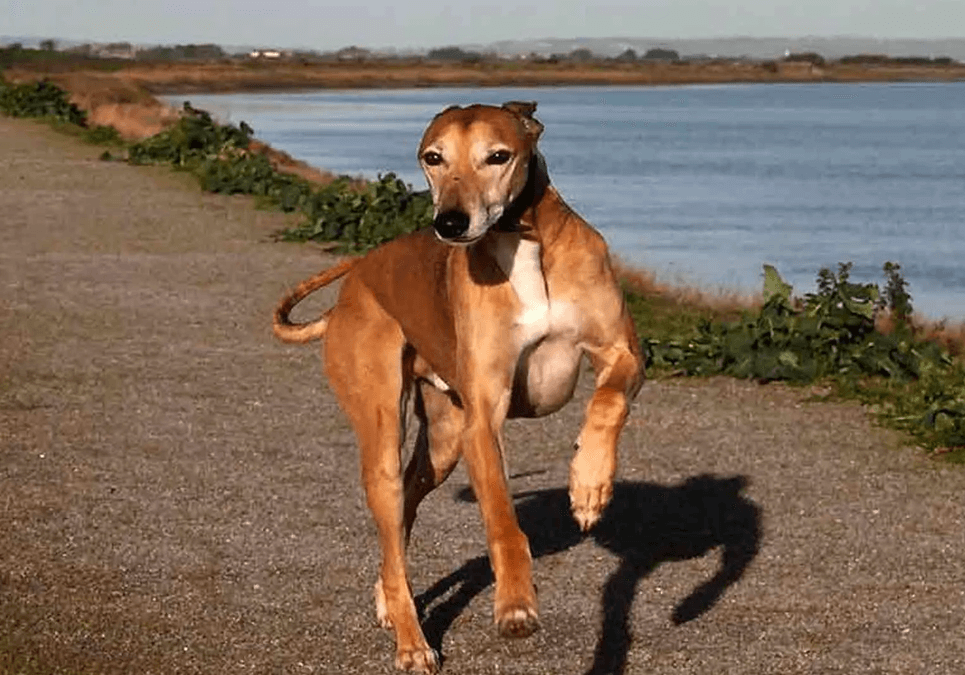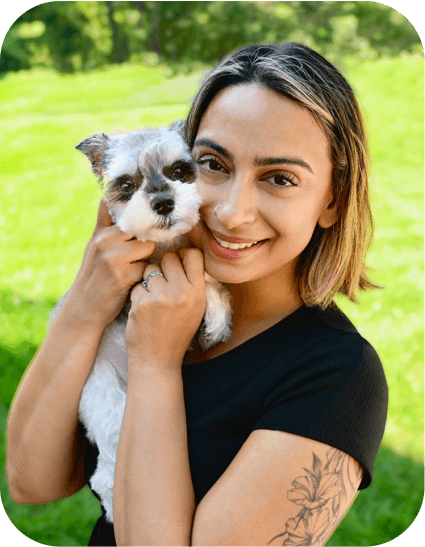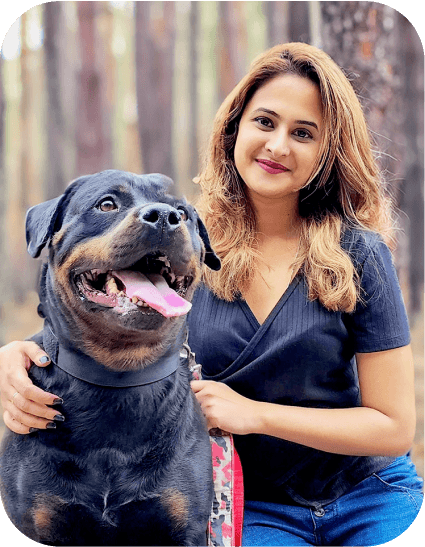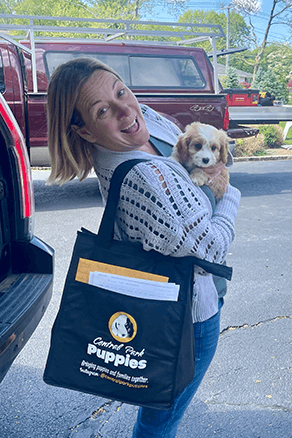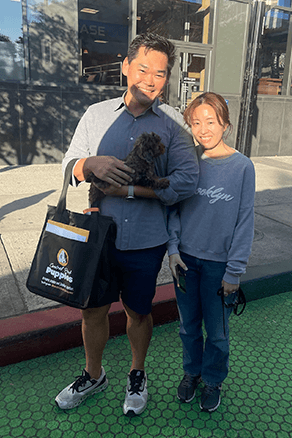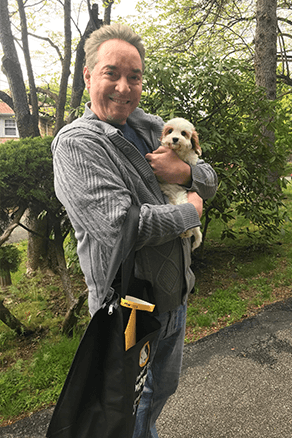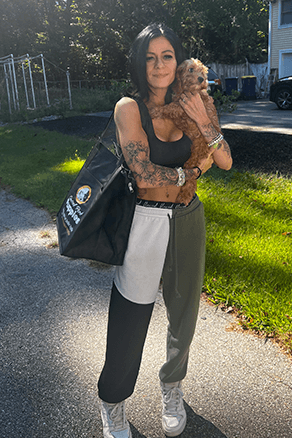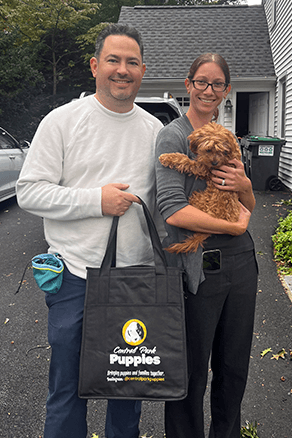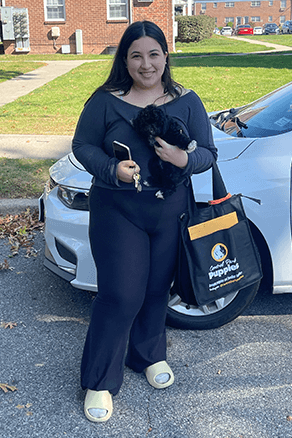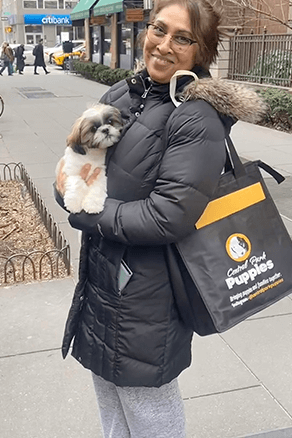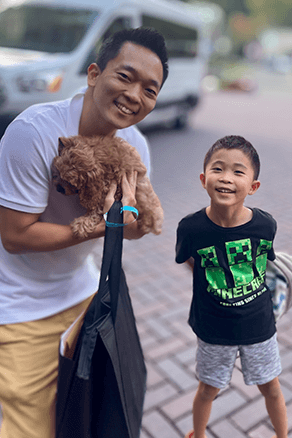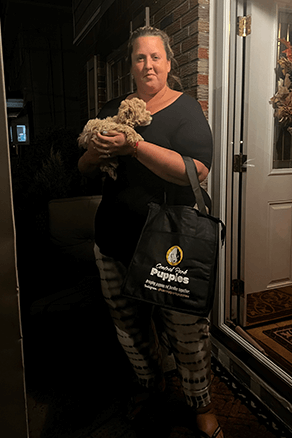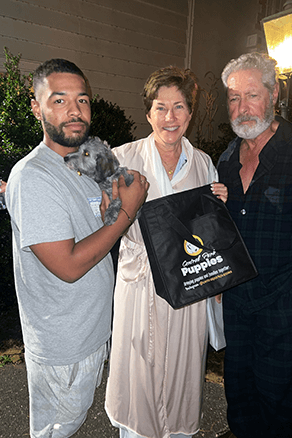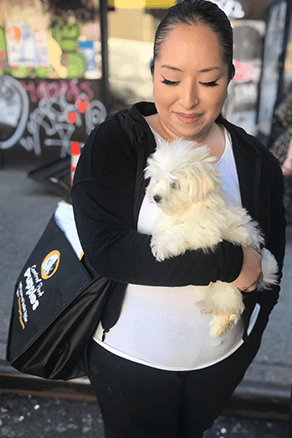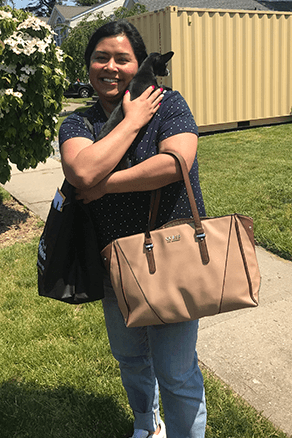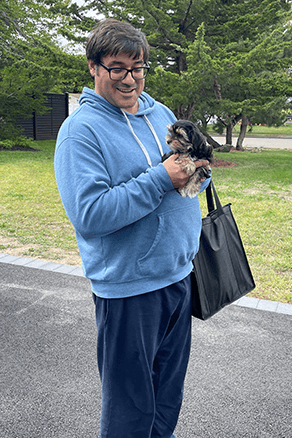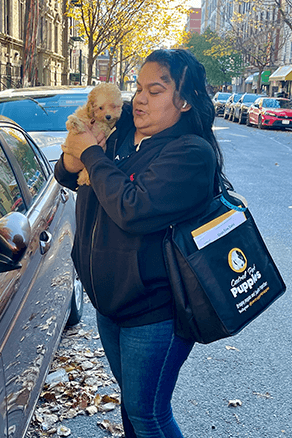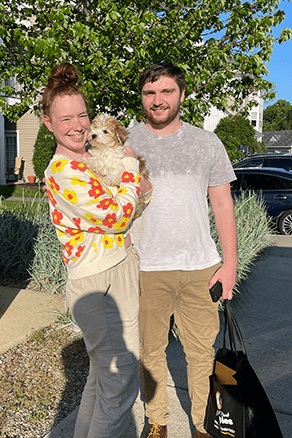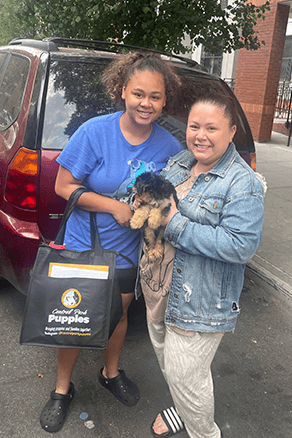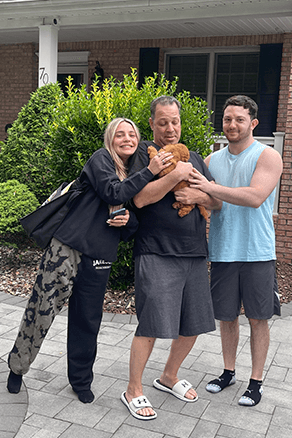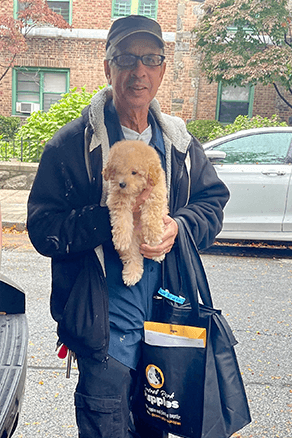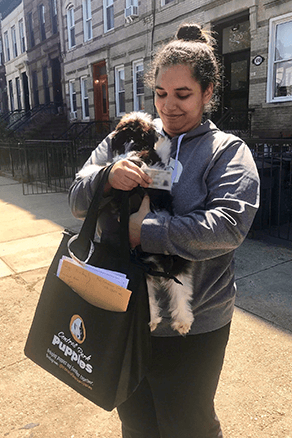Longdogs, also known as a Long Dog or Long-Dog, was created by crossbreeding a Greyhound along with other types of Sighthound dogs. These dogs include the Whippet, the Saluki, and the Scottish Deerhound. The longdog isn’t recognized as a breed, but that doesn’t take away from its interesting mixture, and the amazing speed and stamina that comes about from this particular breeding.
Longdogs aren’t hefty dogs, but they do possess very muscular bodies. They can weigh anywhere from 35 to 100 pounds, and range somewhere between 24 to 30 inches at the shoulder. With both weight and height combined, and depending on their parental breed, their size can vary. They can be as big as a Wolfhound, or as small as a Whippet dog. There’s no guarantee what a litter will produce.
The Longdog can be a laidback and quiet pooch who can acclimate to quiet spaces, which makes them ideal apartment dogs, especially because they’re not overly hyper. When it comes to wanting a companion dog, the Longdog breed is a great choice. They are very affectionate towards and adore their loved ones. They don’t need a lot of attention. It should be noted that because they can be good companion dogs, they can also suffer from separation anxiety if you decide to leave them alone, and for long periods.
When it comes to how well they do with kids, one source said they do well with kids, while another source has said they tolerate them, but don’t make good playmates. They don’t get along with cats or small toy breed dogs unless they’ve been raised with them since they were a Longdog puppy. They were bred for catching game, so beware of them wanting to chase any animal or object that contains fur because they will go after their prey. It’s recommended that your Longdog be walked on a leash unless they can roam and run around freely without being struck by a car, and if you live in a house, that they’re able to stay in an enclosed fenced area.
Despite being very athletic, the Longdog breed doesn’t need much in the way of exercise. They should go on two long walks per day. Keeping an array of toys handy, particularly dog chews and balls, to keep them busy is also important when it comes to their physical activity.
